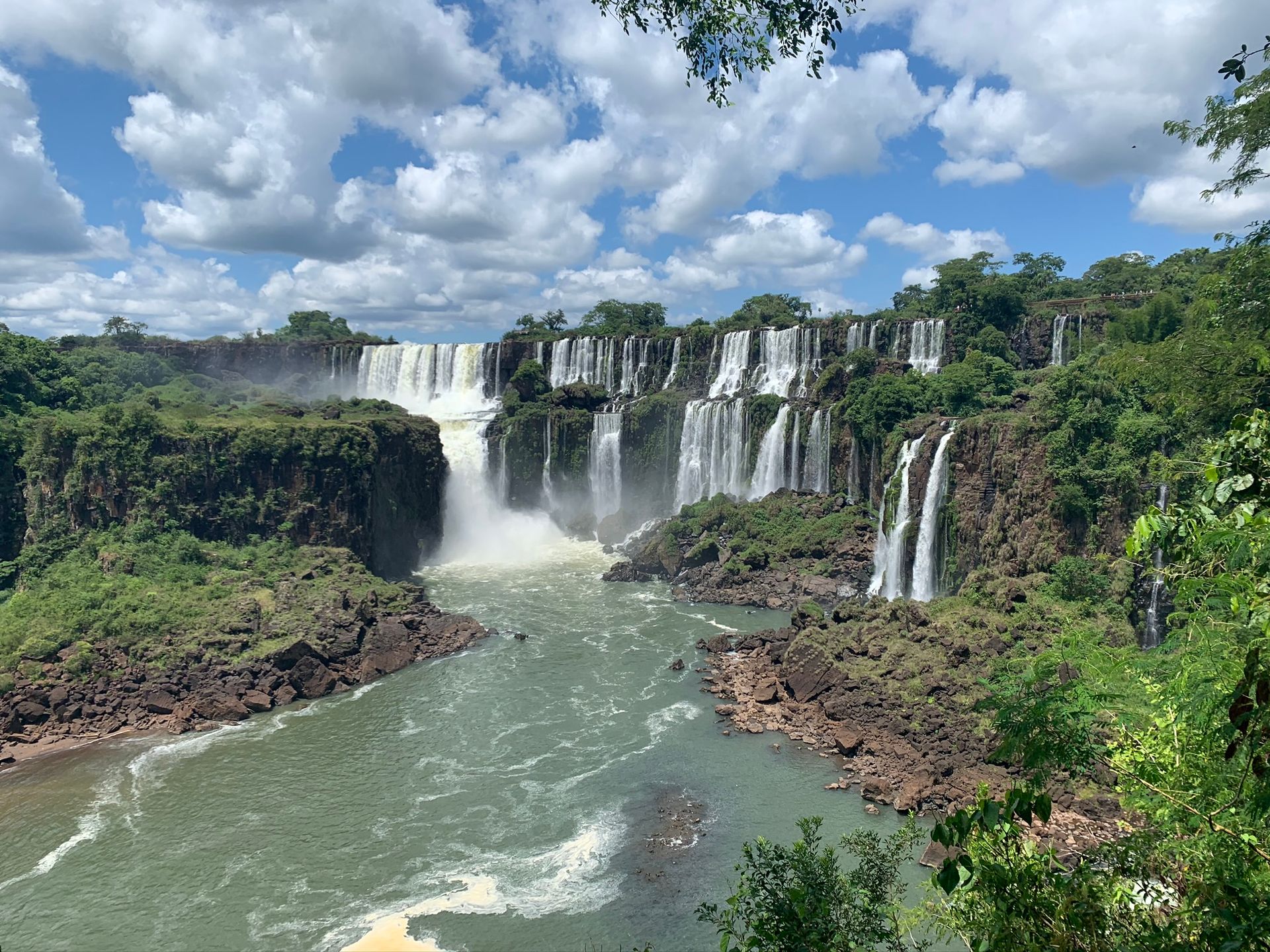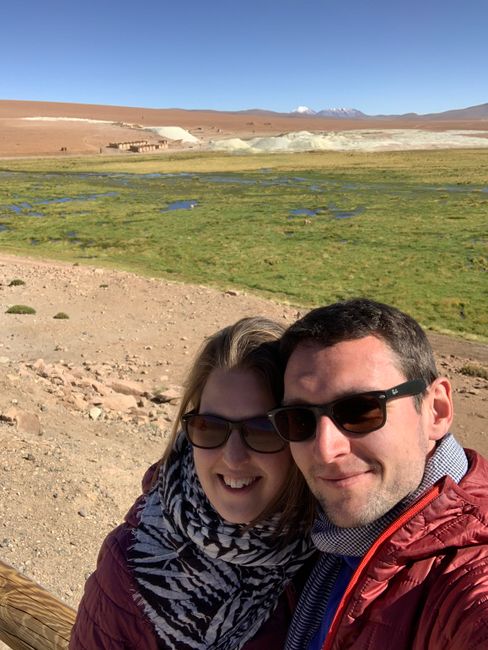Natural wonders in the Atacama Desert
प्रकाशित: 07.02.2020
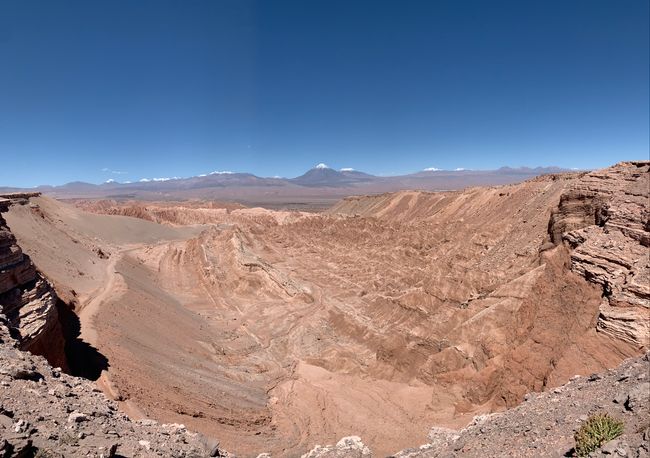
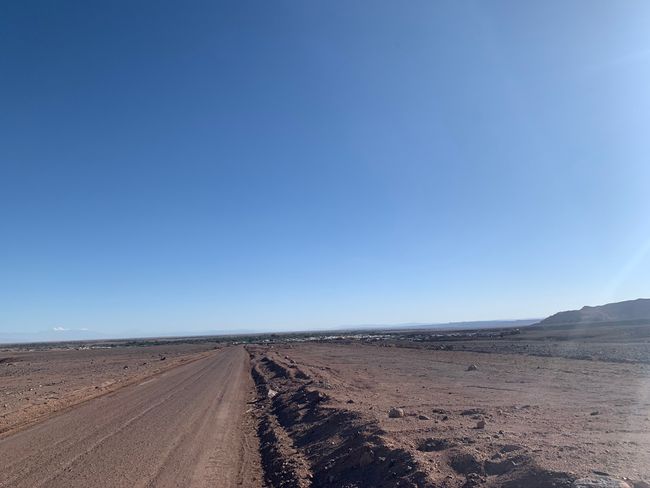
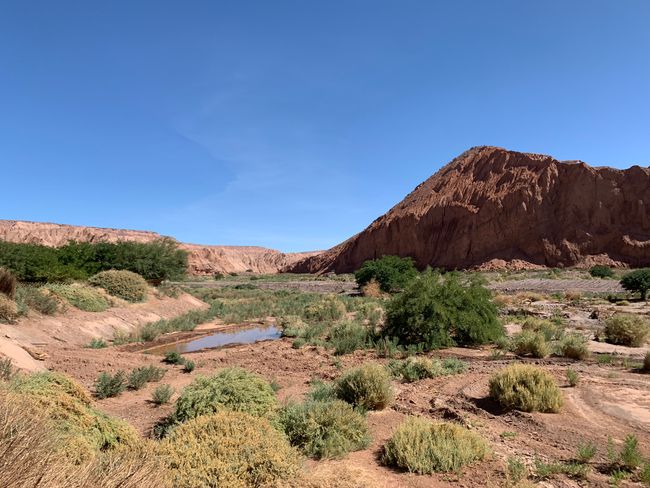
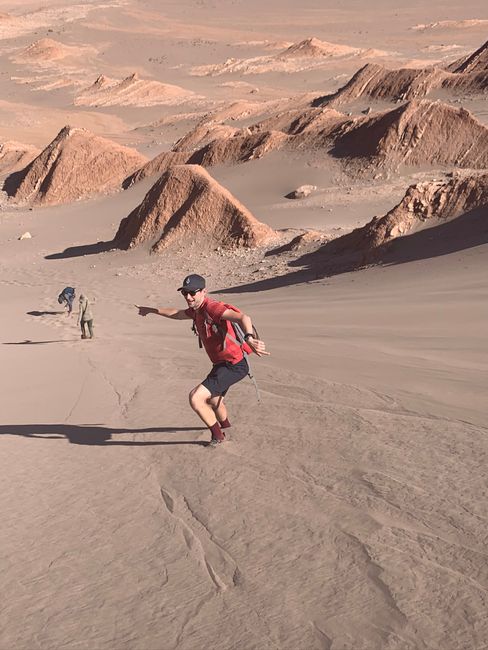
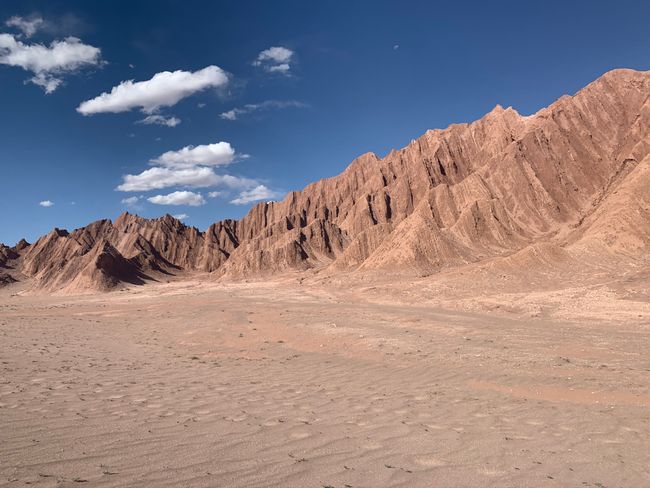
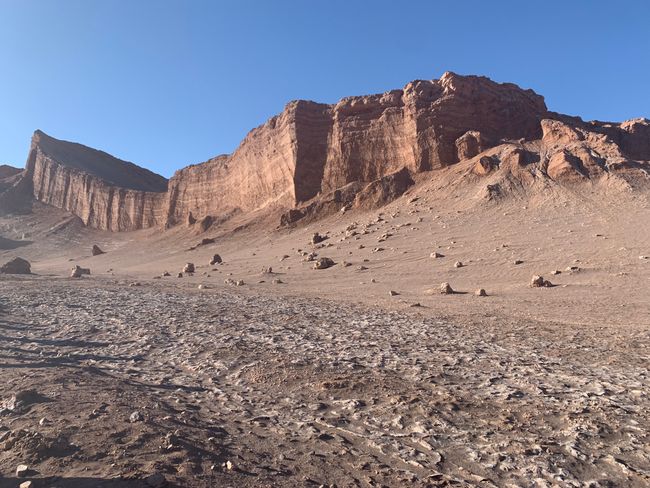
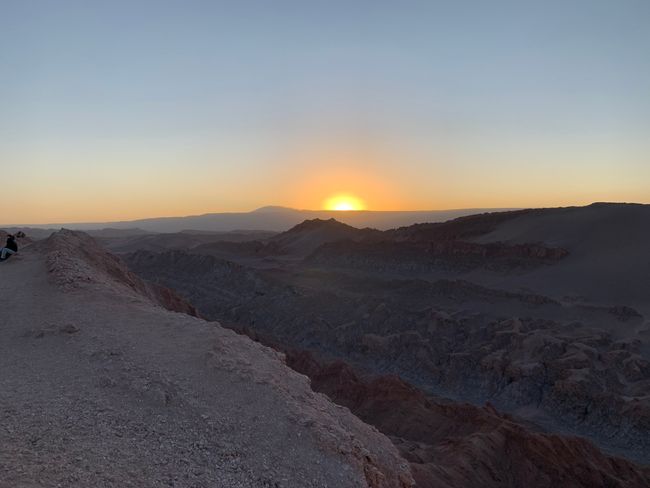
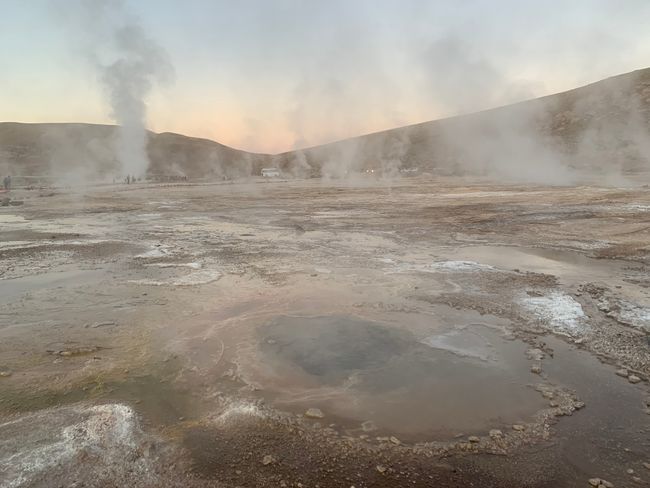
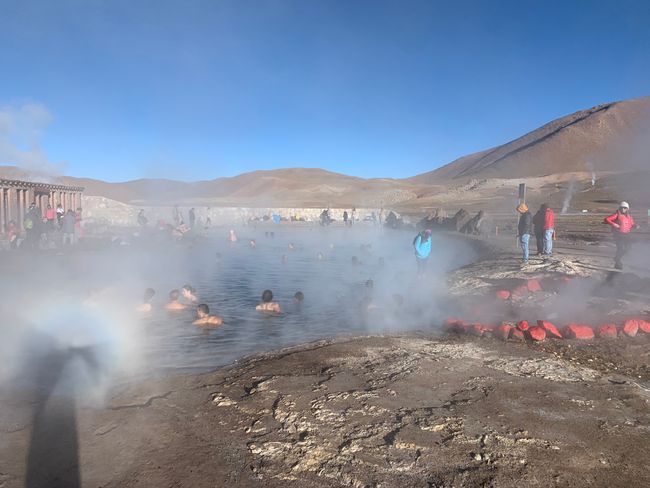
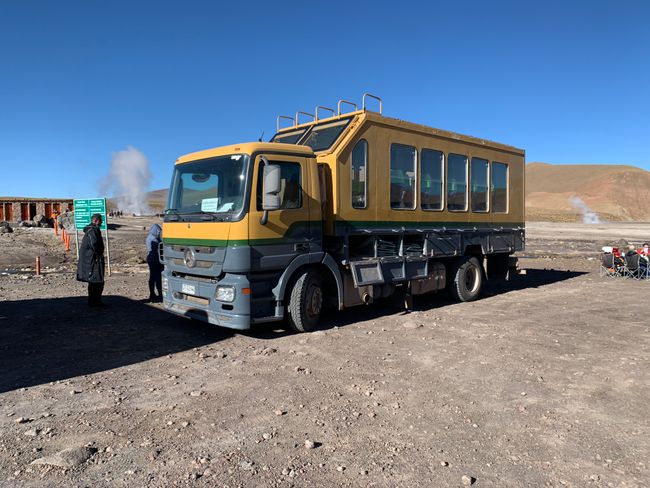
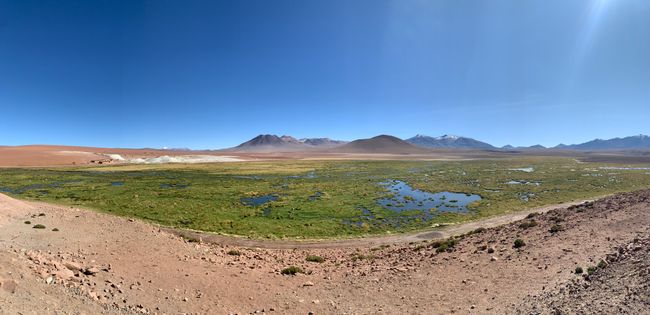
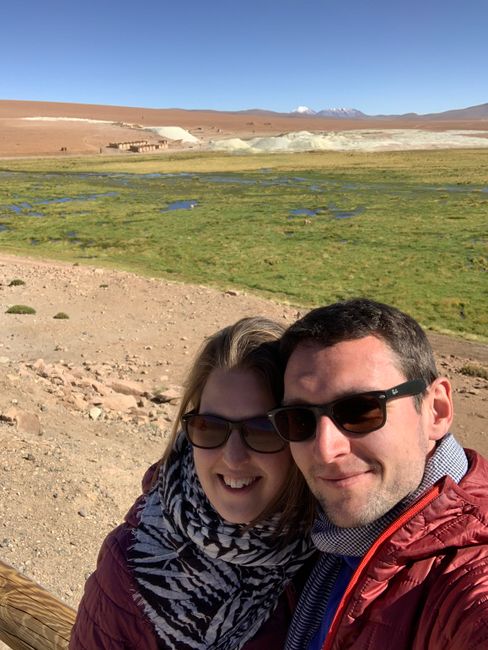
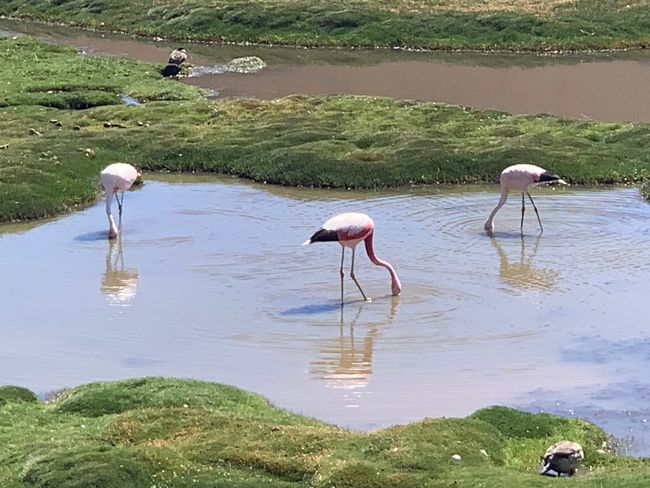
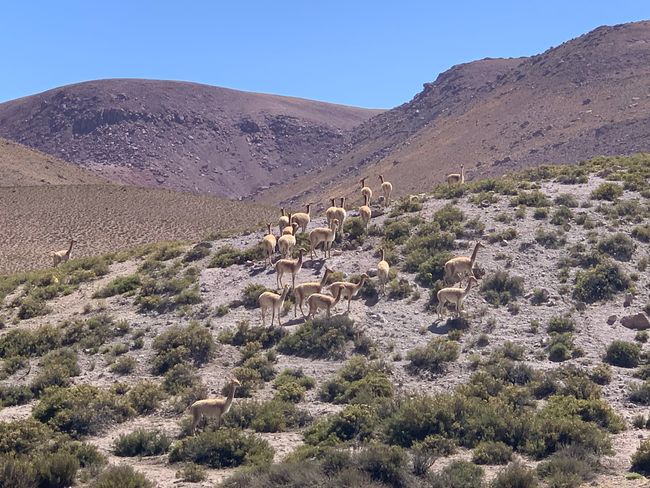
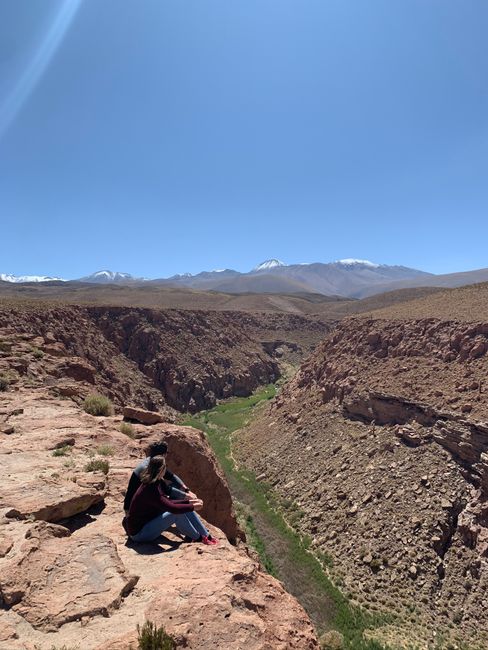
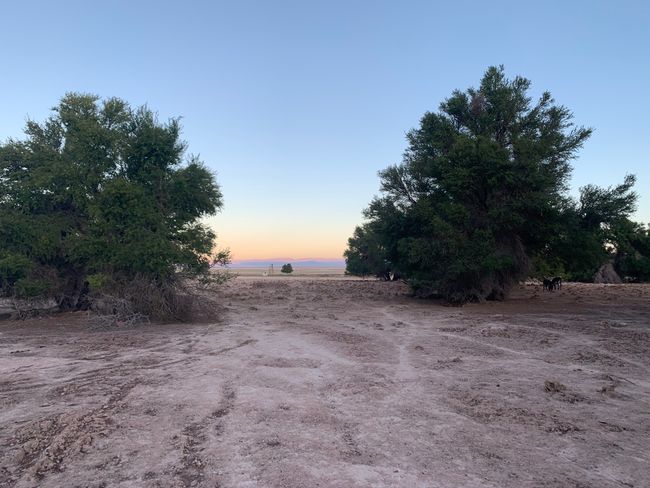
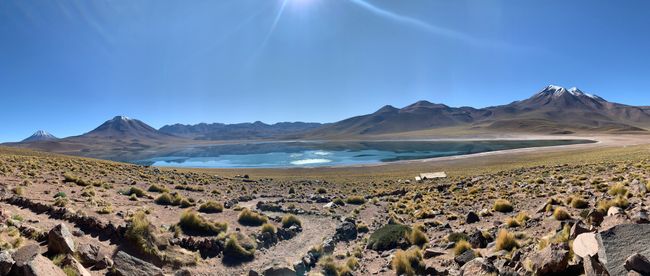
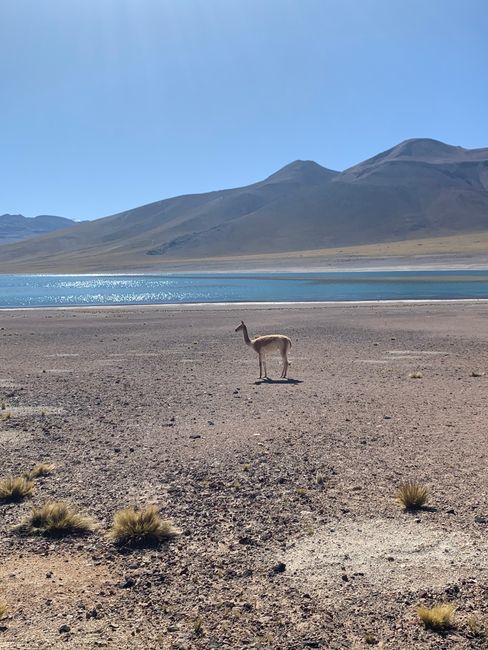
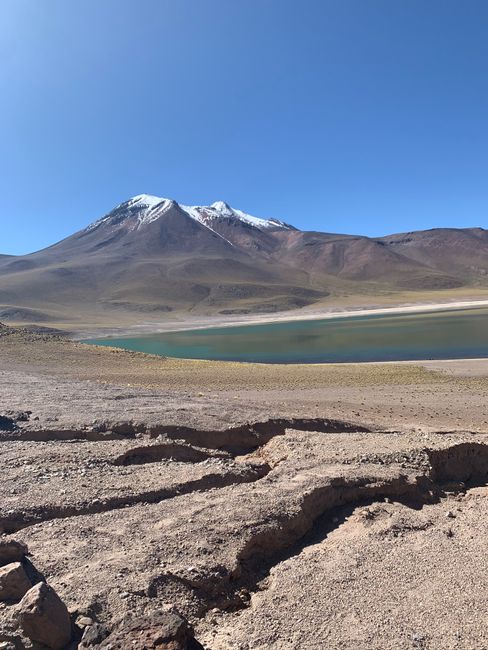
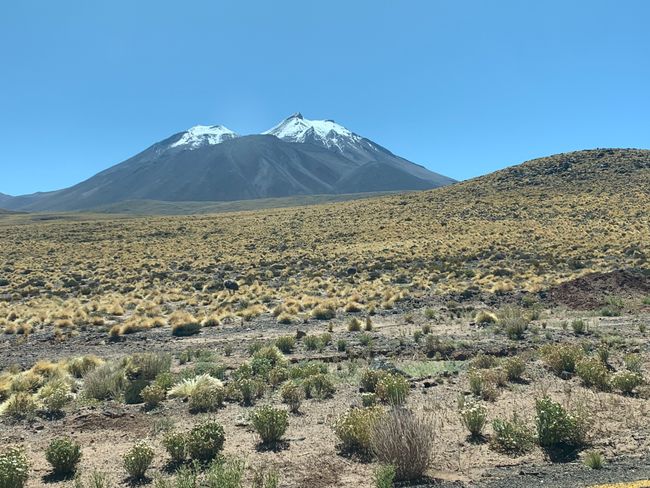
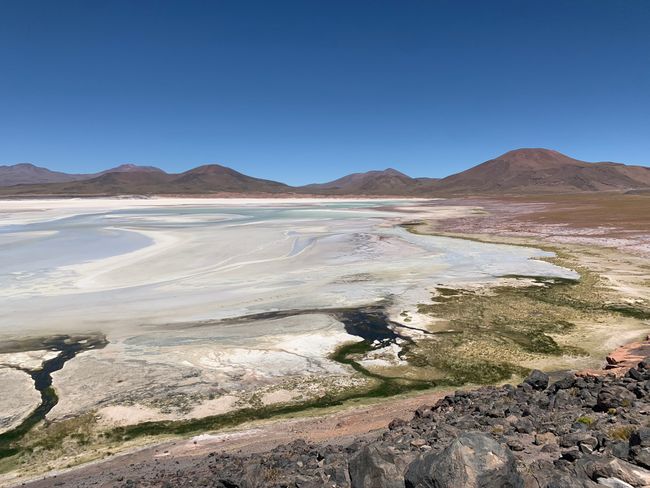
समाचार पत्रिका के लिए सदस्यता लें
The Atacama Desert has been a fixed part of our route from the beginning of our trip planning because we had heard and read so many good things about this place. After 4 days there, we can say: yes, it is super touristy, yes, it is (over)expensive, but yes, it is definitely worth a visit. Due to its unique location between the Andes to the east and the coastal region of Chile with the cool water from the Humboldt Current to the west, the climate is extremely dry and it is known as the driest desert on Earth.
For us, it was initially exciting to see how our bodies would cope with our first stay in a higher altitude region. San Pedro de Atacama is the place from which all tourists explore the desert, and it is located at an altitude of 2,400 meters. Excursions into the desert took us to altitudes of over 3,500 meters at times. Tim was practically unaffected by symptoms and could only notice differences during running training. I (Tabea) occasionally experienced shortness of breath, but fortunately, we were both doing well. This gives us hope for the long stays in the Andes that we will experience in Peru.
We went on tours with different providers to different corners of the desert for three days. This showed us the incredible diversity of the Atacama because it is not just a boring wasteland:
San Pedro itself, for example, is an oasis town with a lot of greenery, which not only lives off tourism but is also home to many workers from the mines in the area. At the moment, lithium is mainly being extracted there.
In Valle de la Luna and Valle de la Muerte, you can find landscapes like the moon and Mars, partly interrupted by sand dunes. We were able to race down one of these specimens on a small hike, which was a lot of fun.
In the early morning of the next day, we visited the El Tatio geysers, which created a very special atmosphere through the light twilight and the rising sun behind the surrounding hills. After being thoroughly frozen at around 0 degrees Celsius outside temperature, we gratefully jumped into the adjacent thermal pool. On the way back, we saw Vicuñas and flamingos in the wild for the first time. Vicuñas are wild relatives of llamas and alpacas and are quite common in the higher regions of the Atacama and the Andes. We were enchanted!
On the last day, we drove close to the Andes, as there are high-elevation lakes and lagoons to be found there. These are created by the water from the Andes and appear quite surreal in the midst of the relatively dry surroundings. There are also various salt lakes and the large salt flat "Salar de Atacama" in this area.
As our time in the desert came to an end, we were mainly happy and grateful to have seen such beautiful places that nature has created over thousands of years. At the same time, we were honestly quite exhausted from the intense program. The other side of the Andes is tempting us with a more humid climate (goodbye dry nasal mucosa) and with the next country of our journey: Argentina. However, we will return to Chile at the end of the month, but more on that later. Entonces, nos vemos en Argentina!
समाचार पत्रिका के लिए सदस्यता लें
उत्तर (2)
Britta
Klingt wirklich faszinierend!! Toll, euch auf diesem Weg folgen zu dürfen 😀👍Liebe Grüße und weiter tolle, beeindruckende Erlebnisse 😘Christiane
Schön, dass es euch so sehr gefällt...
Liebe Grüße. 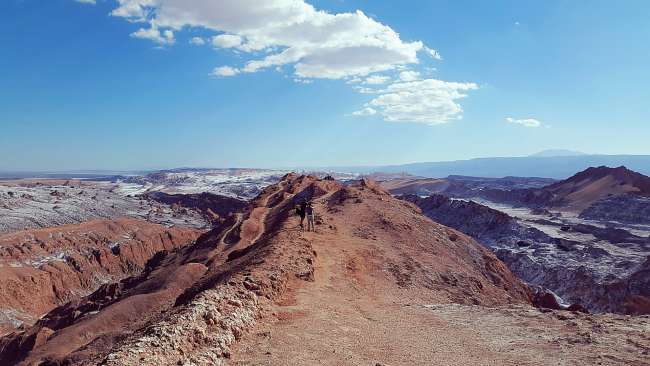
यात्रा रिपोर्ट चिली
